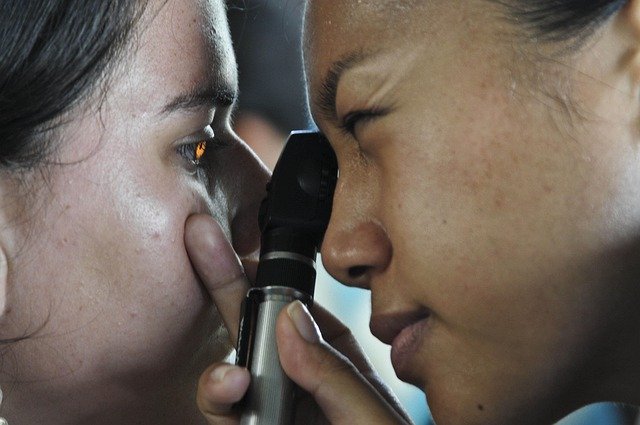Cancer Insurance: Coverage, Costs, and Financial Considerations
A cancer diagnosis can affect medical care, household routines, and ongoing finances. Cancer insurance is a type of policy designed to provide a cash benefit or specific coverage when a policyholder is diagnosed with cancer, helping cover gaps that standard healthcare or disability insurance may not. This article explains common features, how it interacts with other healthcare plans, and financial factors to consider when evaluating policies.

This article is for informational purposes only and should not be considered medical advice. Please consult a qualified healthcare professional for personalized guidance and treatment.
What does cancer insurance typically cover?
Cancer insurance policies vary but commonly provide a lump-sum or periodic cash benefit after a confirmed diagnosis of cancer. Benefits can be used for medical expenses not fully covered by standard healthcare plans—such as experimental treatments, travel to specialty centers, or medical equipment—but also for nonmedical needs like home modifications or living expenses. Some policies specify coverages for in-patient care, chemotherapy, radiation, and second-opinion consultations. Exclusions and waiting periods are common, so policy documents should be reviewed closely to understand what is and isn’t covered.
How does cancer insurance interact with existing healthcare?
Cancer insurance generally complements rather than replaces primary health insurance. Standard healthcare (employer plans, individual market plans, Medicare) typically covers diagnostic testing, oncology visits, surgery, and many treatments, subject to deductibles and coinsurance. Cancer insurance can help pay deductibles, copayments, or services that may be out-of-network. It may also cover care types not included in a primary plan, like certain supportive therapies or caregiver costs. Always check coordination-of-benefits language to see whether a cancer policy reduces when other insurers pay.
How can policies affect out-of-pocket money needs?
A primary role of cancer policies is to ease immediate out-of-pocket money pressures after diagnosis. Policies that pay a lump sum give flexibility: those funds can be used for household bills, childcare, transportation, or to replace lost income if the person cannot work. Other plans reimburse specific expenses, which can reduce direct medical costs. Consider scenarios such as lengthy recovery or travel for specialist care; a cash benefit can reduce the need to tap savings or incur high-interest debt during treatment.
What financial features and limitations should you check?
When comparing policies, examine benefit amounts, payout triggers, waiting periods, lifetime limits, and whether recurrence or metastasis triggers additional payments. Check premium stability clauses and whether premiums can increase with age or claim history. Also review definitions—some policies differentiate between “invasive” and “noninvasive” cancers, which affects eligibility. Look for exclusions (e.g., preexisting conditions or cancers related to certain causes) and read the fine print about policy termination and renewal guarantees.
How does cancer insurance affect overall finances and planning?
Incorporating cancer insurance into a broader financial plan means assessing personal savings, employer benefits, disability insurance, and household budget resilience. For some households, a modest cancer policy can prevent depletion of emergency funds or help maintain mortgage and other regular payments during treatment. For others who already have robust employer-provided coverage and disability protection, the incremental benefit may be smaller. Evaluate likelihoods, family medical history, and tolerance for risk to determine how cancer insurance fits into long-term financial planning.
How to compare policies when evaluating options
When comparing options, look beyond premiums to the scope of benefits and real-world payment triggers. Consider policy portability (keeping the policy if you change jobs), customer service reputation, claim processing timelines, and whether the insurer offers customizable riders. Request policy samples and example claim scenarios to see how a diagnosis would play out financially. If you are unsure, discussing scenarios with a licensed insurance professional can clarify which features align with your finances and healthcare needs.
Conclusion
Cancer insurance can serve as a financial supplement to traditional healthcare coverage by providing cash benefits or covering specific costs after a diagnosis. The value of a policy depends on individual healthcare coverage, personal finances, and preferences for risk management. Careful review of policy terms—benefit triggers, exclusions, waiting periods, and how the plan coordinates with existing healthcare—helps determine whether a specific cancer insurance policy aligns with your financial and medical planning needs.






